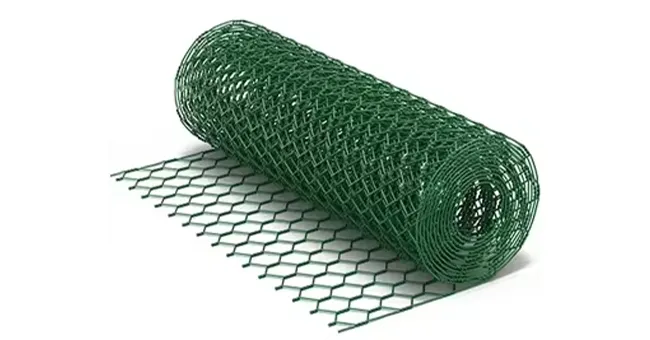-
 Phone:
Phone: -
 Email:
Email:

metal tie wire
Understanding Metal Tie Wire An Essential Component in Construction and Crafting
Metal tie wire, a versatile and indispensable tool in various fields such as construction and crafting, serves multiple purposes. Typically made from strong steel or aluminum, tie wire is known for its durability, flexibility, and strength, making it ideal for a wide range of applications. This article explores the characteristics, uses, and advantages of metal tie wire while shedding light on its significance in modern construction and DIY projects.
Characteristics of Metal Tie Wire
Metal tie wire is characterized by its thin, flexible strands that can be easily bent, twisted, and manipulated to suit different needs. Its strength allows it to hold objects securely together, which is particularly beneficial in construction where stability is paramount. The most common types of tie wire are made from high-carbon steel and galvanized steel. High-carbon steel is known for its tensile strength, making it suitable for heavy-duty applications, while galvanized steel prevents rust and corrosion, enhancing the wire's longevity when exposed to moisture.
The wire typically comes in various gauges, ranging from fine to heavy-duty options. The gauge refers to the thickness of the wire; smaller gauge numbers indicate thicker wire. Choosing the right gauge is essential since it affects the wire's strength, flexibility, and suitability for specific tasks.
Applications of Metal Tie Wire
One of the primary applications of metal tie wire is in construction. It is commonly used to tie rebar together in reinforced concrete structures, ensuring that the framework of the building remains stable and secure. The flexibility of tie wire allows Construction workers to wrap it around rebar at various angles, providing maximum support. Additionally, the use of metal tie wire when pouring concrete helps maintain the shape of the reinforcement, ensuring that the structure retains its integrity over time.
Beyond construction, metal tie wire is also widely utilized in landscaping. Gardeners and landscapers use it to support plants, tie branches together, and create trellises for climbing plants. Its user-friendly properties make it a favorite among DIY enthusiasts and professional gardeners alike.
metal tie wire

In crafting and home projects, metal tie wire plays a crucial role as well. Crafters often use it for making sculptures, jewelry, or decorative items. The flexibility and strength of the wire allow for intricate designs and structures that can hold their shape even under stress. From floral arrangements to custom wire art, the applications are limited only by imagination.
Advantages of Using Metal Tie Wire
There are numerous advantages to using metal tie wire in various applications. One of the primary benefits is its cost-effectiveness. Metal tie wire is relatively inexpensive compared to other materials, making it an accessible option for both professionals and hobbyists. This affordability does not compromise quality, as metal tie wire offers substantial strength and durability.
Moreover, its easy handling properties make metal tie wire user-friendly. Whether one is a seasoned professional or a novice DIYer, the wire can be easily cut, bent, and twisted into desired shapes. This flexibility allows for creative freedom in both construction and crafting.
Additionally, metal tie wire’s resistance to environmental factors is another of its strengths, especially in galvanized forms. Exposure to moisture, sunlight, and other environmental conditions poses a lesser threat to galvanized metal tie wire, making it suitable for outdoor uses where weather resistance is essential.
Conclusion
In conclusion, metal tie wire is a fundamental component in construction, landscaping, and crafting. Its strength, flexibility, and affordability make it a highly sought-after material in various applications. Whether it's supporting heavy structures, aiding in gardening projects, or enhancing creative endeavors, metal tie wire remains an essential resource that satisfies the diverse needs of builders, gardeners, and artists alike. As we continue to innovate and introduce new applications, the significance of metal tie wire in our daily lives will only grow, solidifying its place as a staple material in numerous industries.
-
Wire Mesh for Every Need: A Practical SolutionNewsJul.25,2025
-
Steel Fences: Durable, Secure, and Stylish OptionsNewsJul.25,2025
-
Roll Top Fencing: A Smart Solution for Safety and SecurityNewsJul.25,2025
-
Cattle Farm Fencing Solutions for Maximum SecurityNewsJul.25,2025
-
Affordable Iron Binding Wire SolutionsNewsJul.25,2025
-
Affordable Galvanized Wire SolutionsNewsJul.25,2025
-
Wire Hanger Recycling IdeasNewsJul.25,2025








